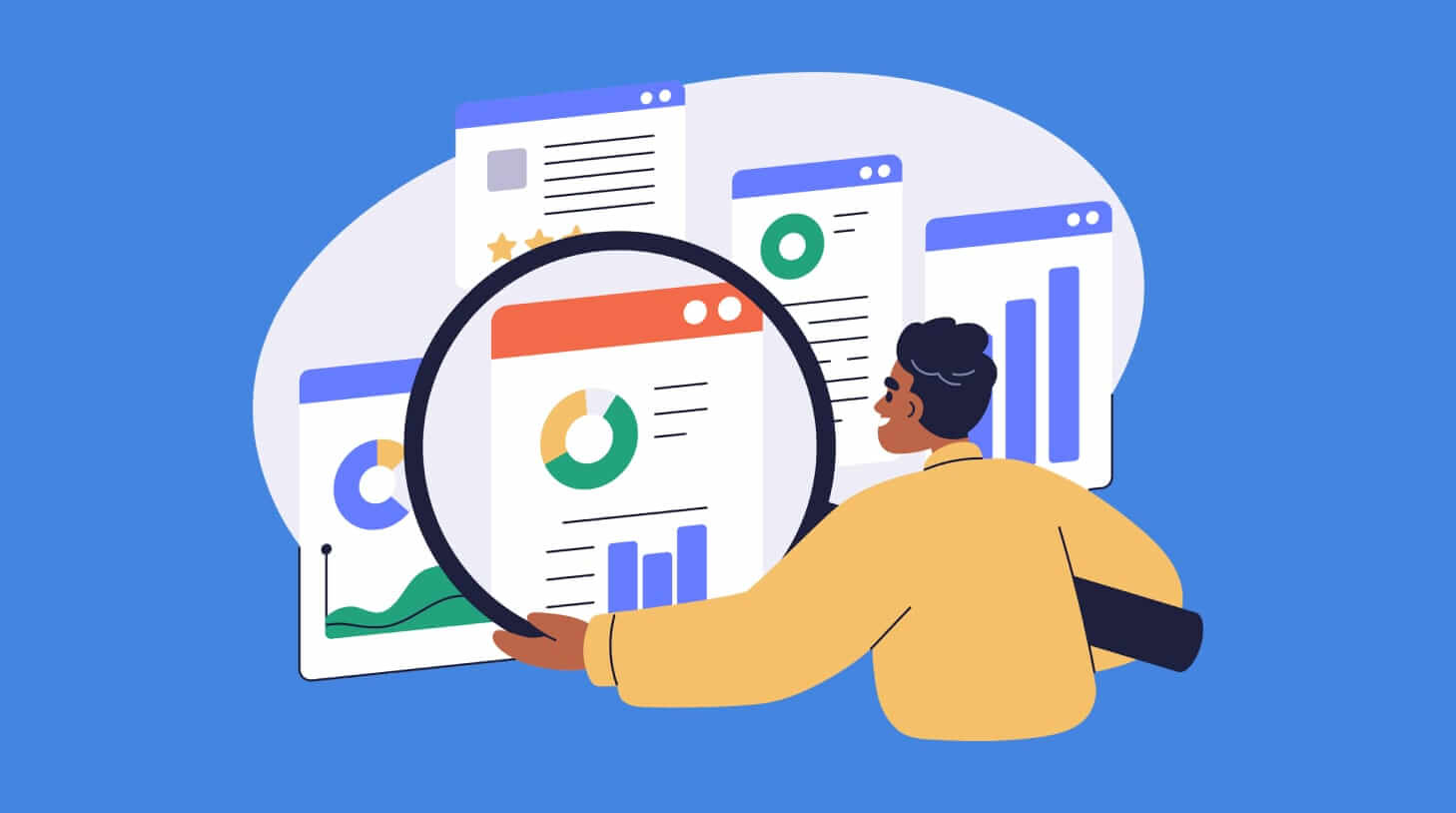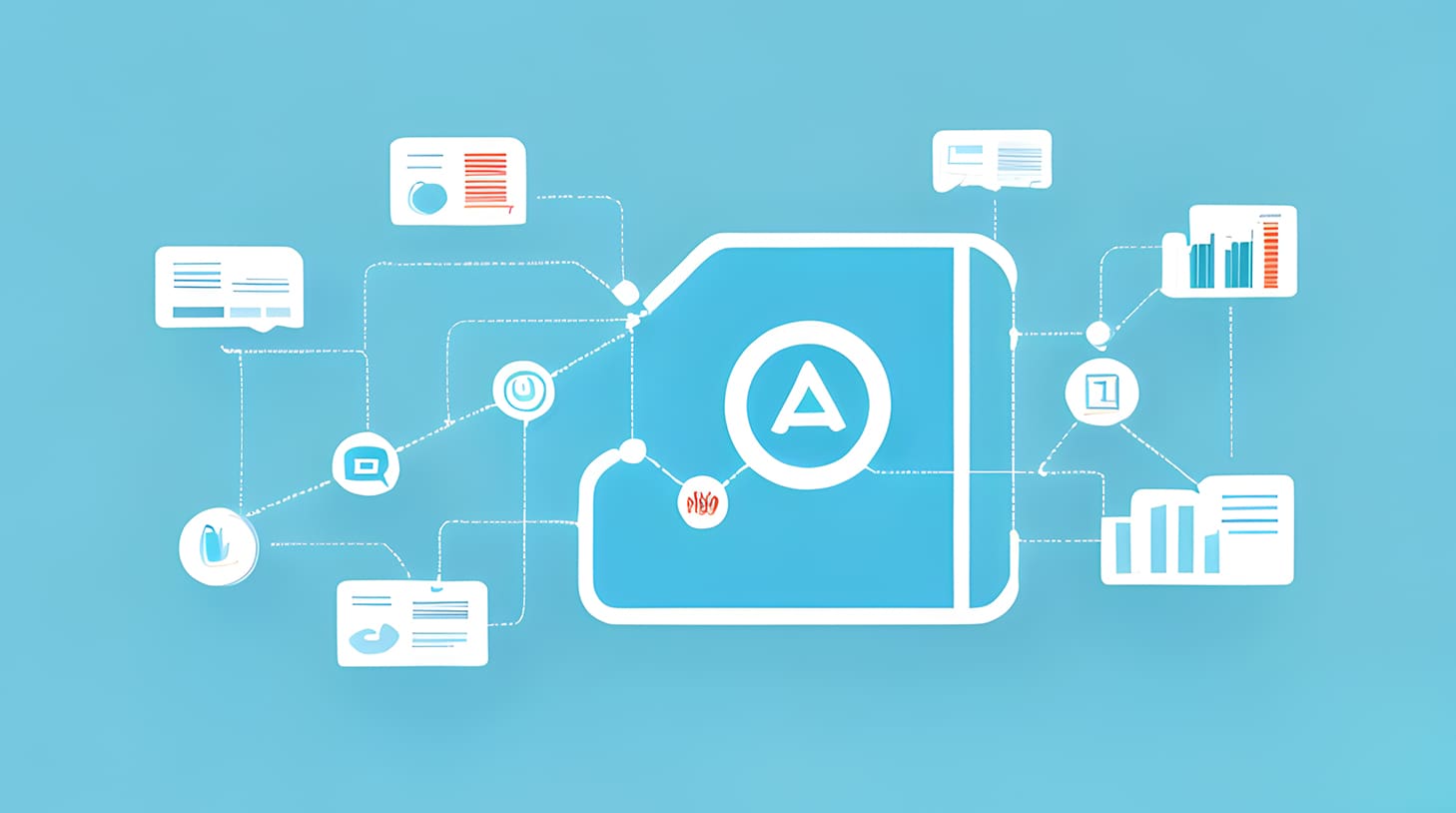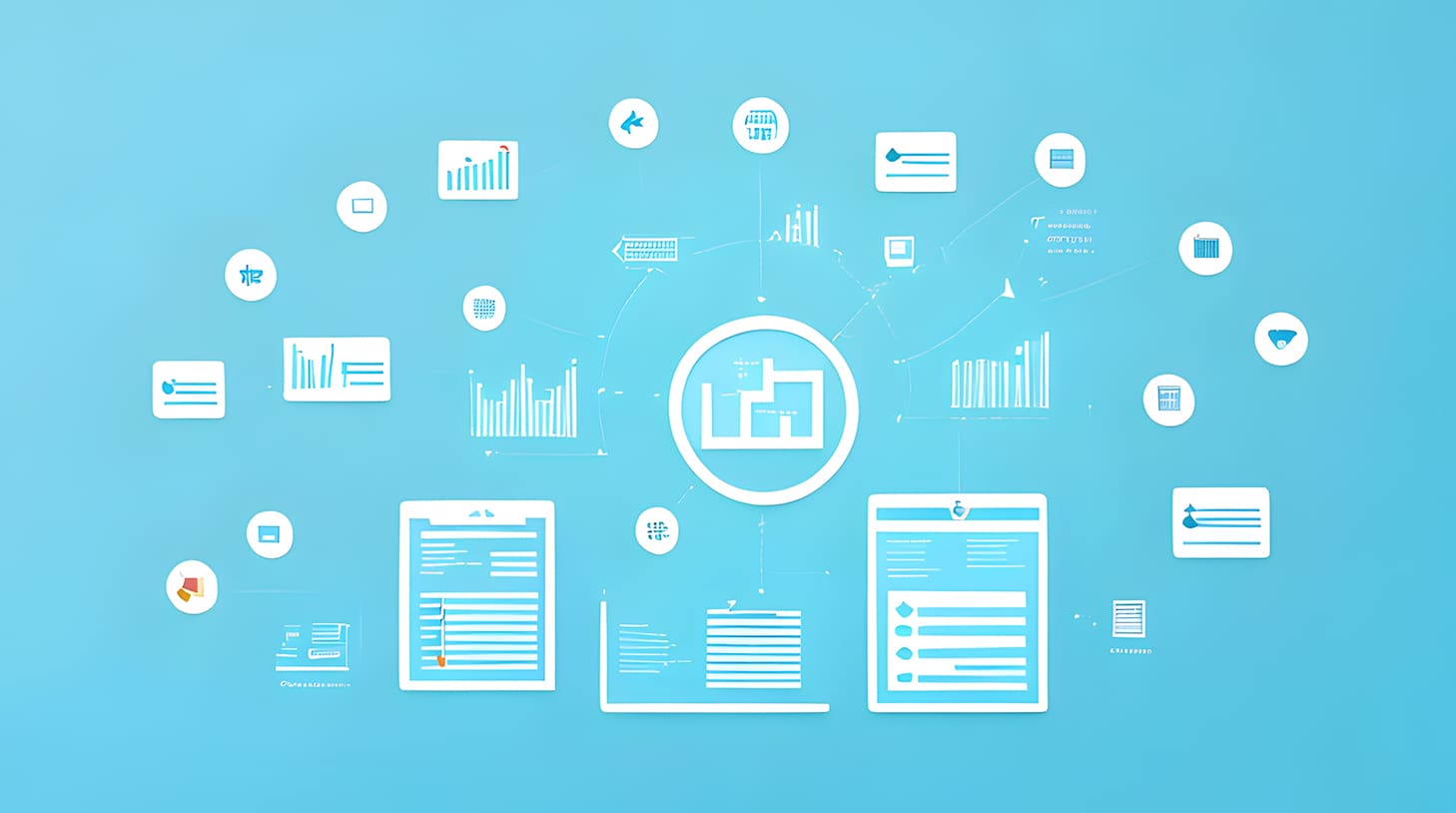Linearity: finding the solution in the details of hiring data
Linearity's Senior Talent Acquisition Partner boosted the company's recruitment efforts by merging candidate experience with hiring data. Here, he shares how he did it.

I am Dan, a Senior Talent Acquisition Specialist at Linearity with over five years hiring software engineers globally. I’ve hired engineers from various locations of the world, from Eastern & Western Europe all the way to East Asia & Latin America. I love having technical conversations with engineers and hiring managers, and I’m very data-driven and candidate-centric. I’m big into the gym and science, but most importantly, I love being a father to my cheeky 18-month-old daughter.
Here at Linearity, we’ve always had a great intuitive product. It’s visually appealing and offers a good balance between being technically challenging and presenting the opportunity to grow.
In Q3 of 2022, when the market was very candidate-driven, we knew that we needed to improve our hiring process to acquire the best talent in the market. Being more data-driven and leveling up our candidate experience ensured this.
Why did we focus on candidate experience? Research shows that candidate experience has a huge impact on employer branding, the number of candidates that accept an offer, and referrals within the market. It can also influence revenue.
When you combine candidate experience with hiring data, you can identify trends, patterns, areas for improvements to improve your recruitment process.
When you combine candidate experience with hiring data, you can identify trends, patterns, areas for improvements to improve your recruitment process.
First, we identified that the time to offer / hire has a huge impact on results, as almost every company was hiring at that point. The speed of the hiring process – and how engaging it is – can make a huge difference for you versus your competitors.
So how exactly did we level up our recruitment process?
Related: Introduction to Recruiting Metrics FAQ
Contents
The challenges
First, we implemented a data-driven approach, tracking multiple metrics to see what areas we need to improve on the most.
This meant looking at different data points and identifying areas where we had an opportunity to improve:
- Speed: Time to offer, time to hire, time at each stage, time to deliver feedback, time to fill a role
- Funnel metrics / conversions: pass rate at each interview stage, withdrawal rate at each stage
- Bottom-of-funnel metrics: Offer / acceptance rate
We identified that the hiring process for some of our specific engineering roles were longer than the market average (close to 100 days).
We dove deeper into this one by looking at the following metrics:
Source for candidates we moved forward (whether they applied directly, were sourced via TA, came from employee referrals, or something else)
- Pass rate at each interview stage (%)
- Withdrawal rate at each stage (%)
- Time spent at each stage (which gives us a deeper look at time to offer/hire)
From the above, we identified that the number of candidates passing our “computer science fundamental stage” was very low.
This stage also saw the longest booking / wait time in the whole interview process – showing the bottleneck as a result of the number of interviewers we had.
We also saw that this stage had the highest withdrawal and lowest pass rates. This increased the time to hire and the time to offer, hurting candidate experience and engagement. All in all, this meant higher costs and more hiring team hours spent in the process.
The action items
Our first step to improving in this area was to understand why candidates were not passing this stage at the rate we’d like to see.
We looked at the feedback we received, which helped us see that we needed to focus more on a specific skill set when sourcing new candidates.
By sourcing & targeting a specific skill set of engineers resulted in less candidates identified (but more suitable), reducing the volume of interviews and the time candidates had to wait at this interview stage naturally decreased the time to offer and increased candidate experience.
We also implemented an interview preparation process designed to help candidates be better prepared for upcoming interviews at this stage.
The results
This led to an increase in the overall candidate experience as well as boosting the interview pass rate.
With all of the above, this resulted in an overall shorter time to offer / hire, lowered the withdrawal rate, increased candidate experience, and improved our offer acceptance rate.
When we grew the same team and role, our time to fill was halved based on the data we collected previously.
Our metrics now stand as follows:
- Time to offer: 19 days
- Time to hire: 26 days
- Time to fill: 54 days
- 90% offer / acceptance rate
Our lesson? Sometimes the solution isn’t in the big-picture fixes – it can also be found in the little details.
Frequently asked questions
- What impact does candidate experience have on employer branding?
- A significant one. A positive candidate experience can boost employer branding, increase the number of accepted offers, and amplify market referrals, potentially influencing company revenue.
- Why is combining candidate experience with hiring data beneficial?
- It allows for the identification of patterns, trends, and improvement areas, leading to a refined recruitment process.
- How did Linearity identify areas of improvement in its hiring process?
- We adopted a data-driven approach, tracking multiple metrics such as time to hire, funnel metrics, and bottom-of-funnel metrics to pinpoint areas needing enhancement.
- What challenges did Linearity face with specific engineering roles?
- The hiring process for some engineering roles took longer than the market average, with bottlenecks occurring at the "computer science fundamental stage" due to low pass rates and high withdrawal rates.
- How did Linearity tackle these challenges?
- By targeting a specific skill set when sourcing candidates, reducing interview volume, and implementing an interview preparation process, leading to improved candidate experience and higher pass rates.



